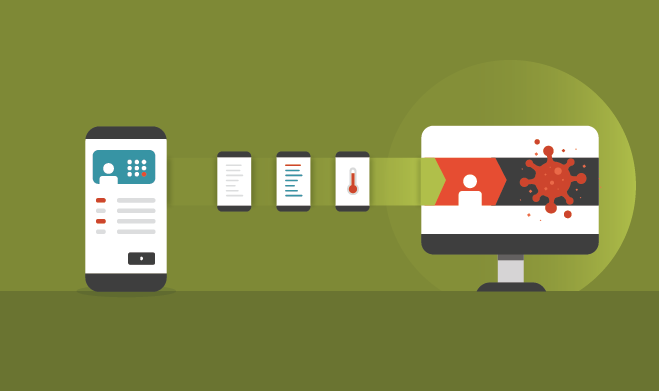Freedom and Structure: The Creativity Curve

The motivation of the people you surround yourself with is the wellspring of creativity in your life.
There is a complex relationship between motivation, psychological safety, the structure you impose, and the innovation that results. It is not as simple as you might think. The guru on the subject, author Amy Edmonson, Ph.D., coined the term ‘psychological safety’ and has spent the bulk of her career as a professor and researcher at Harvard University studying teams, teaming, and the dynamics of this phenomenon.










